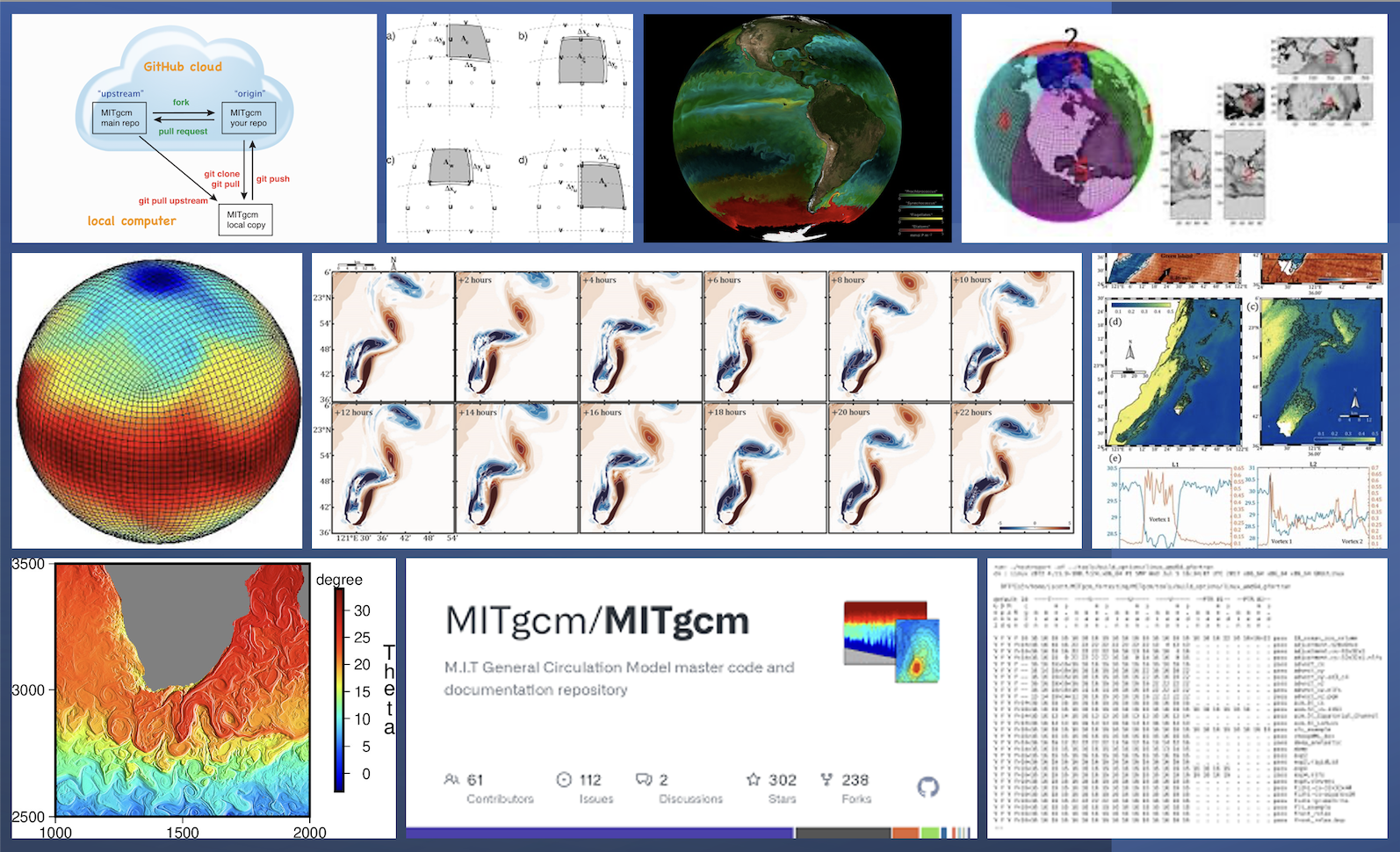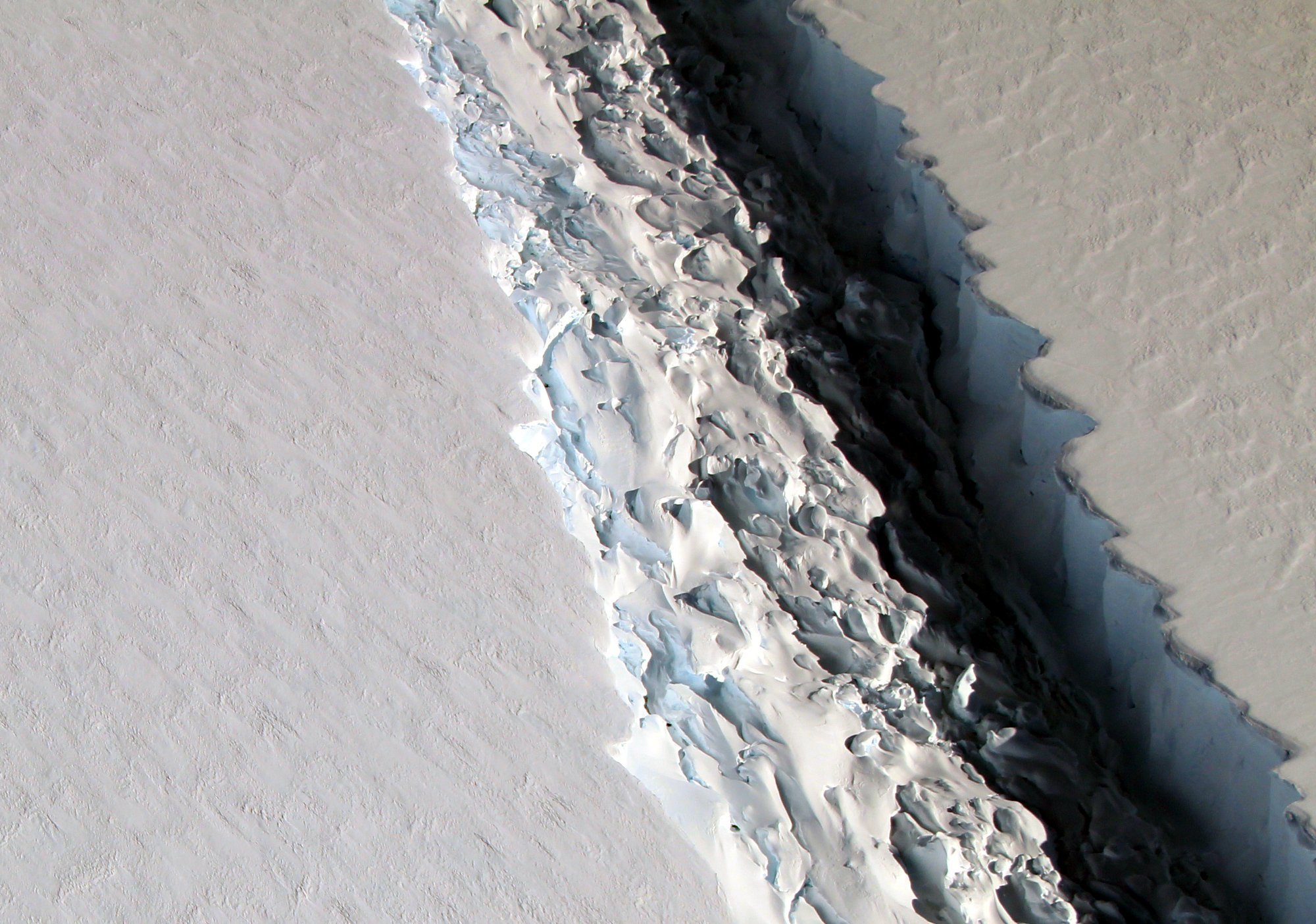MITgcm
A numerical model designed for study of the atmosphere, ocean, and climate, MITgcm’s flexible non-hydrostatic formulation enables it to efficiently simulate fluid phenomena over a wide range of scales; its adjoint capabilities enable it to be applied to sensitivity questions and to parameter and state estimation problems. By employing fluid equation isomorphisms, a single dynamical kernel can be used to simulate flow of both the atmosphere and ocean. The model is developed to perform efficiently on a wide variety of computational platforms.









